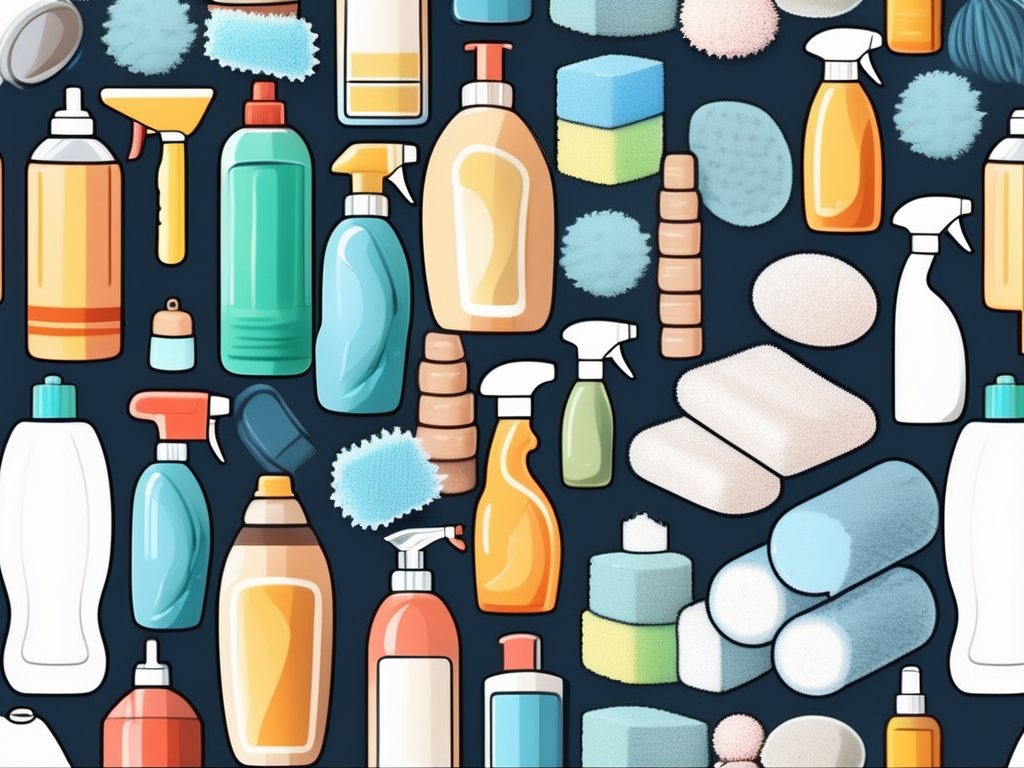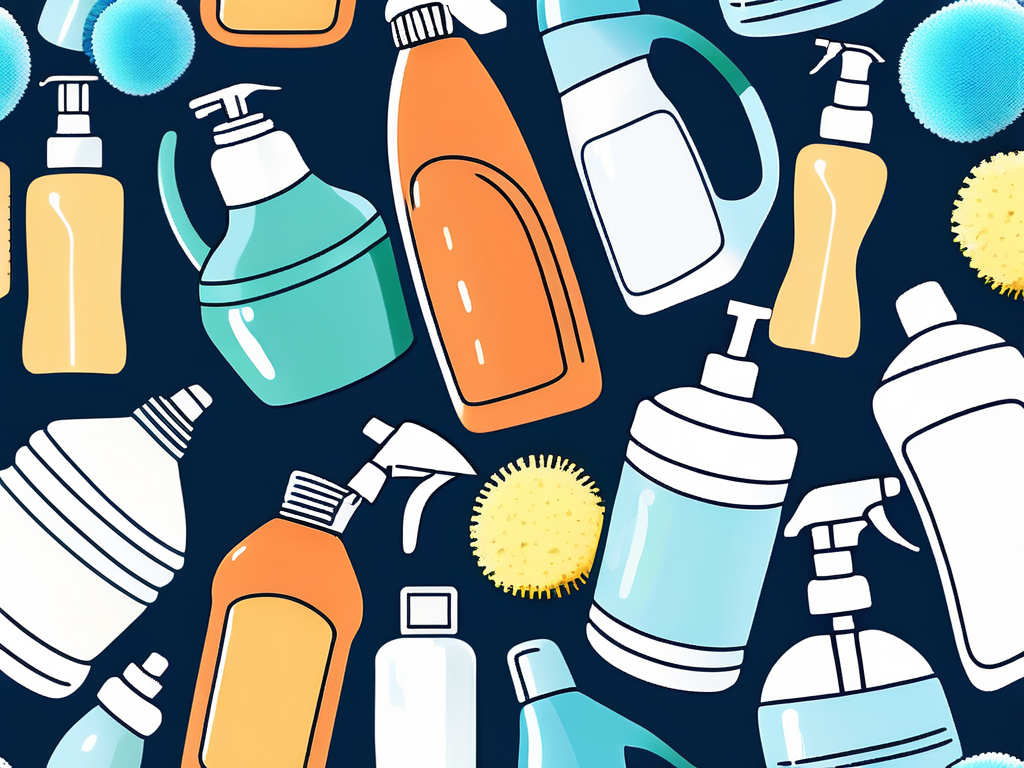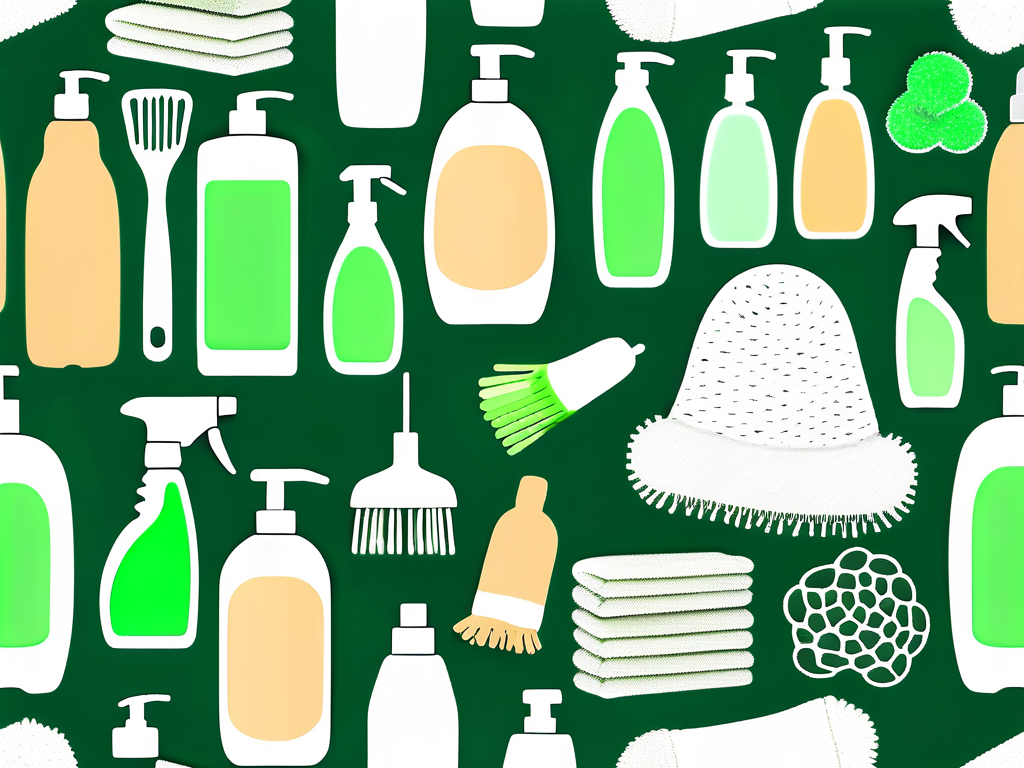Are Cleaning Materials Considered Consumables?

Understanding the Concept of Consumables
Consumables are defined as items that are used up and need to be replaced after a certain period or use. These products are integral in various industries, including healthcare, manufacturing, and food service. Essentially, any material that is consumed in the process of completing a task and cannot be reused qualifies as a consumable.
In a broader sense, the concept of consumables encompasses various categories, including office supplies, kitchen ingredients, and cleaning materials. Understanding what constitutes a consumable helps businesses manage their inventory, budget, and operational efficiency. This understanding is not only vital for maintaining smooth operations but also for ensuring that resources are allocated effectively, minimizing waste and maximizing productivity.
Defining Consumables in Various Industries
Different industries have unique definitions of consumables based on their specific needs. In healthcare, for instance, consumables refer to items such as gloves, masks, and syringes that are used once and discarded. In the food industry, consumables may include ingredients, packaging materials, and single-use utensils. The specificity of these definitions often stems from regulatory requirements and safety standards that vary across sectors, necessitating a tailored approach to consumable management.
For businesses, understanding these definitions is crucial as they guide sourcing decisions and inventory management. This also implies that each industry has its own regulations and standards that govern the use of consumables, ensuring safety and compliance. For example, the healthcare sector is subject to stringent guidelines from organizations like the FDA, which dictate how consumables must be handled and disposed of to prevent contamination and ensure patient safety. Similarly, in the food industry, adherence to health codes is paramount, influencing everything from ingredient sourcing to packaging practices.
The Role of Consumables in Business Operations
The effective management of consumables plays a significant role in the overall efficiency of business operations. Businesses must closely monitor their consumption rates, reorder levels, and stock levels to ensure they do not run out of critical materials that can halt operations. This proactive approach not only prevents disruptions but also fosters a culture of accountability and resourcefulness within the organization.
Additionally, consumables impact budgeting strategies. Companies often set budgets for consumable purchases, which must align with their operational needs and cash flow. By understanding consumption patterns, businesses can make informed decisions that lead to substantial cost savings and improved efficiency. Moreover, leveraging technology such as inventory management software can provide real-time data insights, helping businesses forecast demand more accurately and optimize their purchasing processes. This strategic approach not only enhances operational efficiency but also contributes to sustainability efforts by reducing over-ordering and minimizing waste.
The Classification of Cleaning Materials
Cleaning materials can be classified into several categories based on their composition and intended use. This classification helps businesses and consumers choose the correct products for specific cleaning tasks, ensuring that they achieve the desired results effectively.
Common categories include disinfectants, detergents, solvents, and abrasive materials. Each category serves a different purpose and should be used in accordance with specific procedures for optimal results. Understanding the nuances between these categories can significantly enhance the efficiency of cleaning processes, making it easier to maintain hygiene and cleanliness in various environments.
Common Types of Cleaning Materials
- Disinfectants: Used to kill germs and bacteria on surfaces.
- Detergents: Clean surfaces by removing dirt, grease, and stains.
- Solvents: Used to dissolve other material, often utilized for cleaning paint spills or heavy grime.
- Abrasive cleaners: Physical cleaning agents that scrub surfaces, suitable for tough stains.
Understanding these types allows individuals and organizations to select the right tools for their cleaning needs. It is essential to read labels and instructions to use each material safely and effectively. Additionally, the environmental impact of these cleaning materials is becoming increasingly significant, prompting many consumers to seek eco-friendly alternatives that can deliver the same level of cleanliness without harming the planet.
How Cleaning Materials are Used
Cleaning materials can be used in various settings, including homes, offices, and industrial environments. Proper usage often involves following specific instructions regarding application methods, dilution ratios, and contact times. Failure to adhere to these guidelines can reduce their effectiveness and pose safety risks.
For instance, in a healthcare setting, disinfectants must be used correctly to ensure that critical surfaces are free of pathogens. In residential cleaning, utilizing the correct detergent can lead to sparkling results without damaging surfaces. Moreover, the choice of cleaning materials can also reflect personal values, such as a preference for non-toxic or biodegradable products, which are increasingly popular among environmentally conscious consumers. This shift not only promotes a healthier living space but also contributes to broader sustainability efforts by reducing chemical runoff and waste.
Cleaning Materials as Consumables
There is a strong argument for classifying cleaning materials as consumables due to their nature of being used up. Unlike durable goods that can sustain multiple uses or have a longer life span, cleaning materials typically get depleted through their intended application. This classification not only simplifies inventory management but also aligns with best practices in sustainability, as businesses are encouraged to adopt more eco-friendly cleaning solutions that may be biodegradable or less harmful to the environment.

For businesses, recognizing cleaning materials as consumables can streamline their procurement process. Consideration of these products as consumables encourages more frequent assessments of usage patterns and supply needs. By adopting a just-in-time inventory approach, businesses can reduce waste and ensure they are always stocked with the necessary materials without over-purchasing, thus optimizing their operational efficiency.
Factors Determining if Cleaning Materials are Consumables
Several factors can determine whether a cleaning material qualifies as a consumable. The first is the rate of use; if the material is quickly depleted or requires replacement after a single-use, it is likely a consumable. Second is the potential for contamination; materials that cannot be reused due to hygiene concerns, such as kitchen sponges or single-use wipes, are also deemed consumables. This is particularly relevant in industries such as healthcare and food service, where cleanliness is paramount and the risk of cross-contamination must be minimized.
Other factors include the regulatory environment, where certain materials may require special classification depending on their environmental impact or safety regulations. For instance, cleaning agents that contain harsh chemicals may be subject to stricter regulations, influencing their classification as consumables. Understanding these factors showcases the complex nature of defining consumables in different contexts. Additionally, the rise of eco-conscious consumerism has led many companies to seek out sustainable cleaning materials, further complicating the landscape of what is considered a consumable.
The Impact of Consumable Cleaning Materials on Budgeting
In any business operation, consumable cleaning materials directly impact budgeting. These materials often represent recurrent expenses that need careful management. To maintain fiscal health, businesses must forecast their cleaning material needs accurately based on operational demands and historical usage data. Implementing a tracking system can provide valuable insights into usage trends, allowing for more informed purchasing decisions and potentially leading to bulk buying discounts.
Failure to manage these expenses effectively can lead to over-budgeting or stock shortages, both of which can disrupt operations. Establishing a systematic purchasing schedule can help mitigate these risks while ensuring that operations run smoothly. Moreover, businesses can explore partnerships with suppliers for better pricing and consistent quality, which can further enhance their budgeting strategies. By prioritizing the management of cleaning materials as consumables, organizations can not only maintain cleanliness but also contribute to their overall financial stability and operational success.
The Environmental Impact of Consumable Cleaning Materials
The reliance on consumable cleaning materials raises substantial concerns regarding environmental sustainability. Many cleaning products are packaged in single-use containers, contributing to waste and pollution. Moreover, some cleaning agents contain harmful chemicals that can affect ecosystems when flushed into water supply systems.

This calls for a deeper examination of how businesses procure and utilize cleaning materials. It is essential to balance efficiency and effectiveness with ecological responsibility.
Sustainability Concerns with Consumable Cleaning Materials
As awareness of environmental issues grows, the sustainability of cleaning materials has come under scrutiny. Many consumers are now actively seeking eco-friendly alternatives that are biodegradable or made from natural ingredients.
- Reduction in plastic waste through bulk purchasing.
- Using refillable containers to minimize single-use product reliance.
- Opting for non-toxic substances that are less harmful to the environment.
By making informed choices, businesses and consumers can positively contribute to reducing their environmental footprints.
Alternatives to Consumable Cleaning Materials
Due to the concerns associated with conventional cleaning materials, several alternatives have emerged. For example, vinegar and baking soda have gained popularity in cleaning protocols due to their non-toxic properties and effectiveness in certain cleaning tasks.
Additionally, the market for reusable cleaning products, such as washable microfiber cloths and refillable spray bottles, has expanded. These alternatives provide an economical and environmentally friendly approach to maintaining cleanliness.
Legal and Regulatory Considerations
As with all consumables, cleaning materials are subject to a variety of legal and regulatory frameworks that govern their use and safety. These regulations are in place to protect consumers and ensure safe practices across different industries.

Businesses must remain compliant with these regulations to mitigate legal risks and ensure operational integrity.
Health and Safety Regulations for Cleaning Materials
Health and safety regulations dictate how cleaning materials should be manufactured, labeled, and used. Companies are often required to provide information about the ingredients in cleaning products, alongside safety guidelines for handling and disposal.
Training employees on these regulations is crucial to ensure proper usage and compliance. Companies often conduct periodic audits to evaluate adherence to these health and safety standards.
Legal Definitions and Implications for Consumables
Legal definitions surrounding consumables can vary greatly across jurisdictions, impacting how businesses classify and manage their cleaning materials. Each definition comes with implications regarding liability, safety, environmental compliance, and labeling requirements.
Moreover, understanding these legal nuances empowers businesses to implement safer and more efficient practices, ultimately protecting both consumers and the environment.


